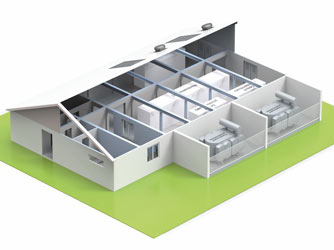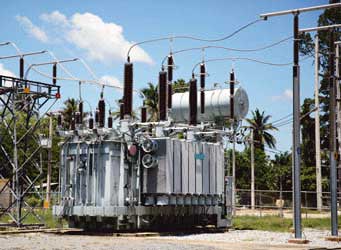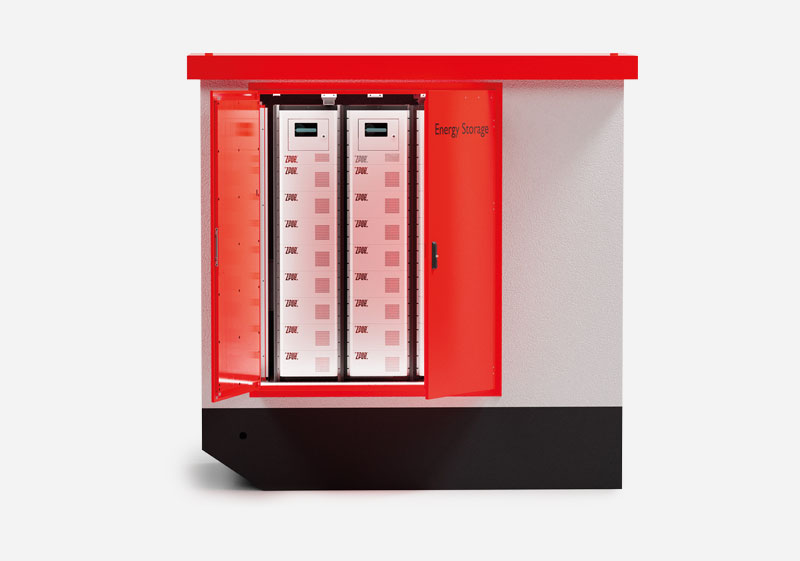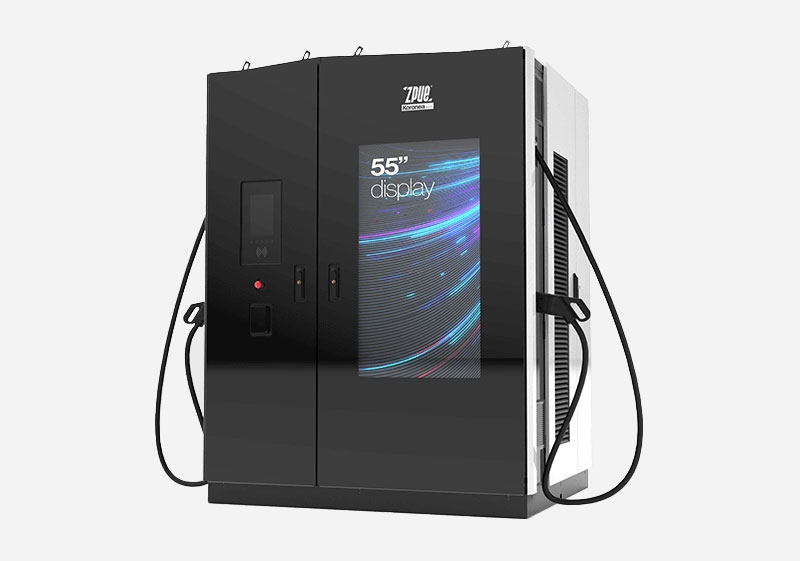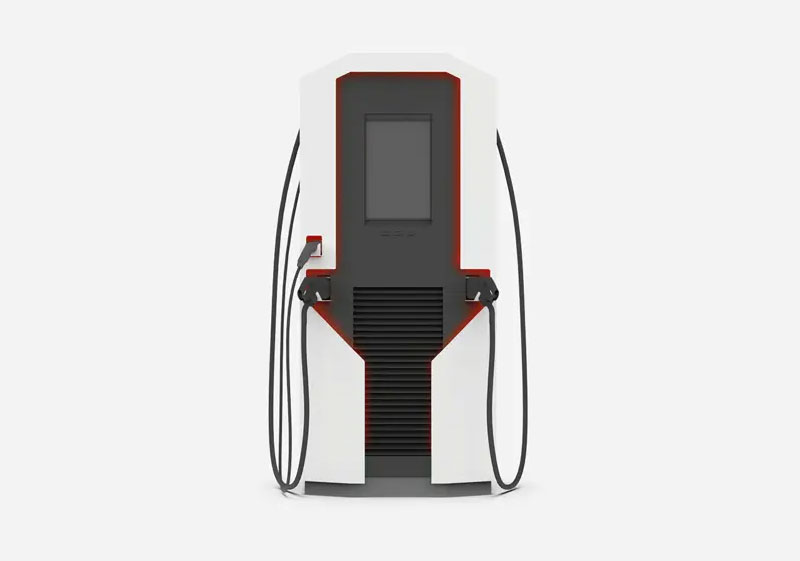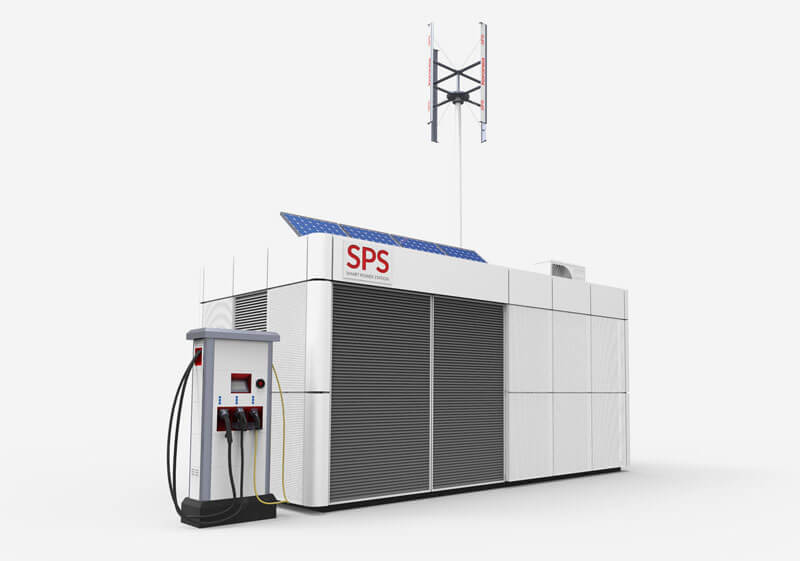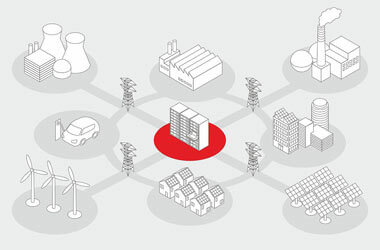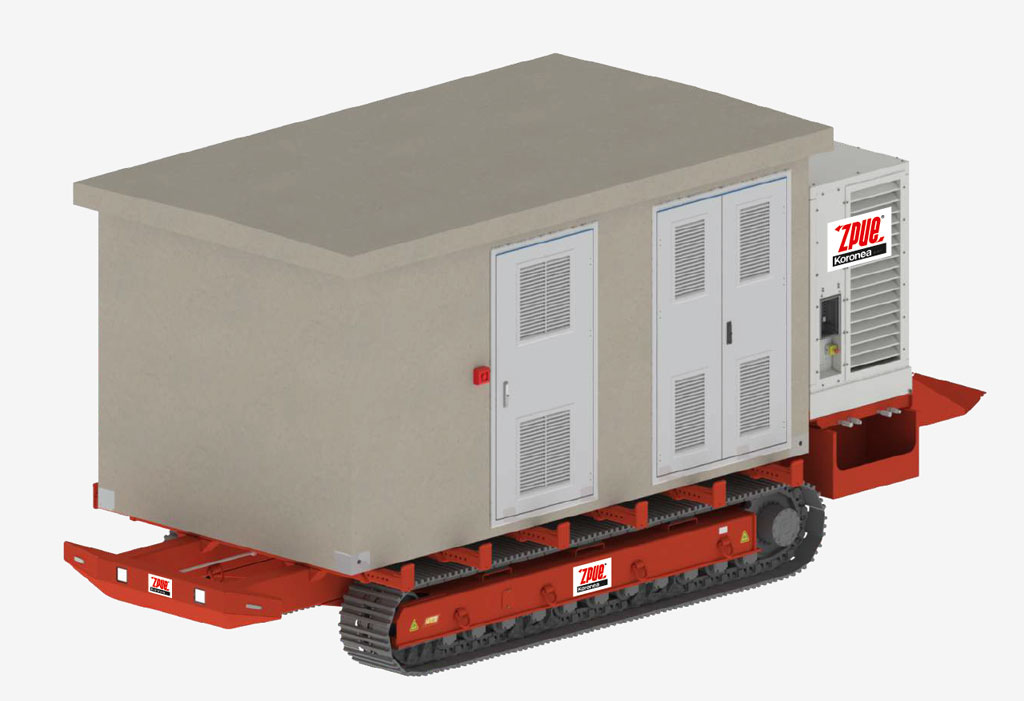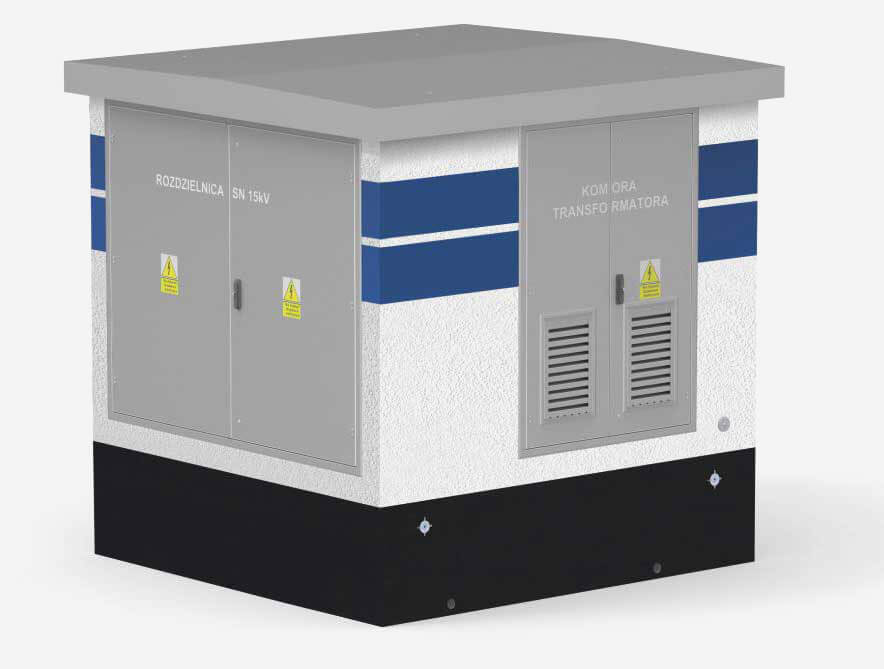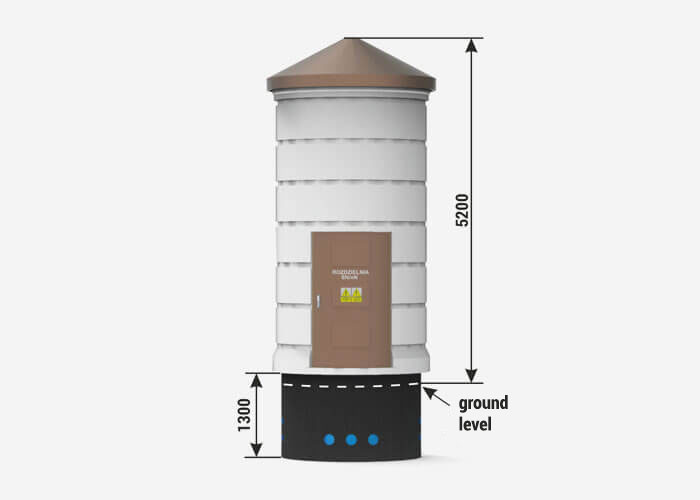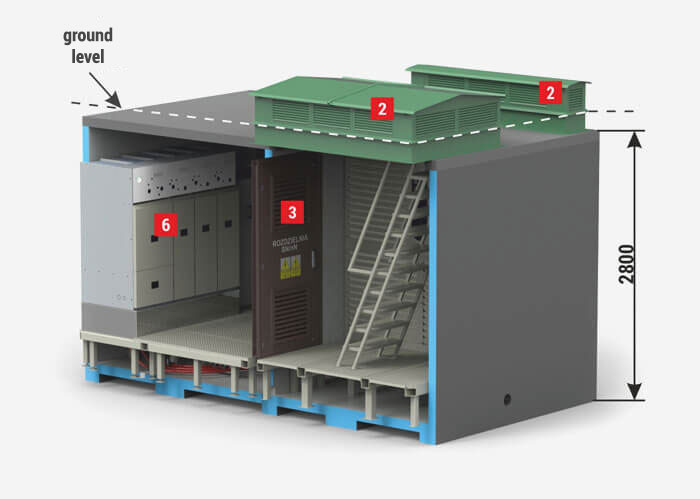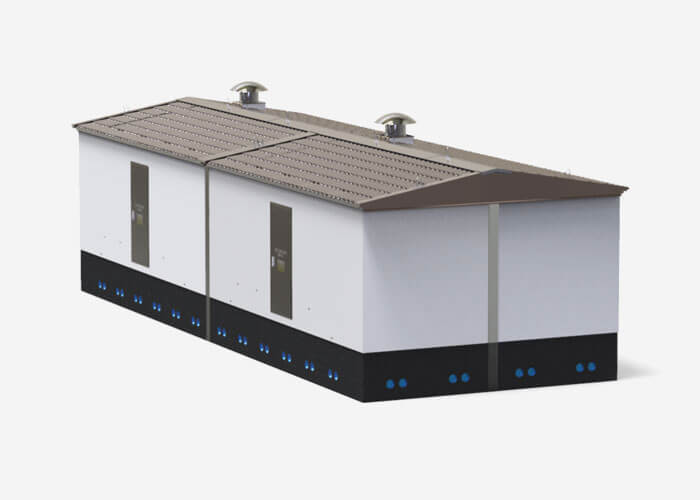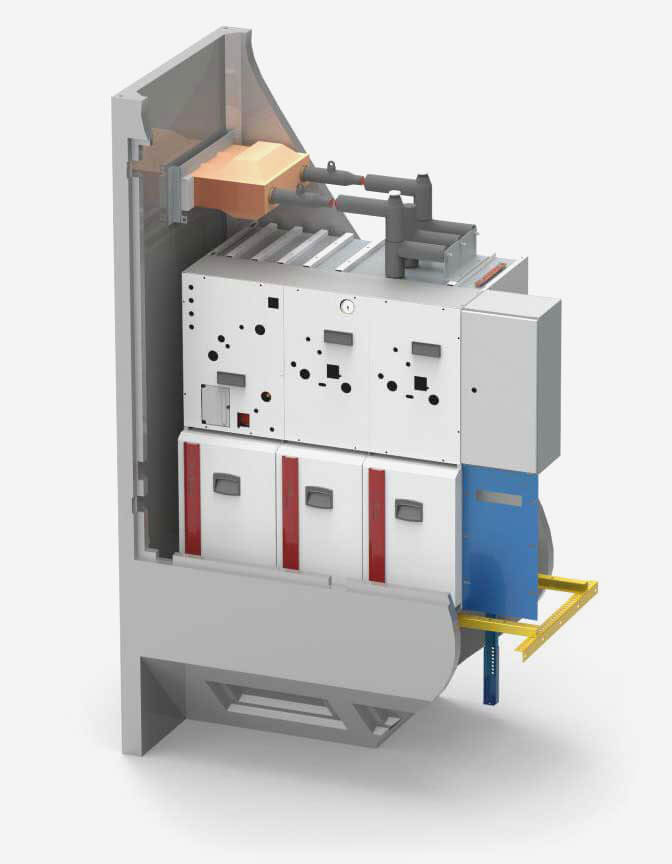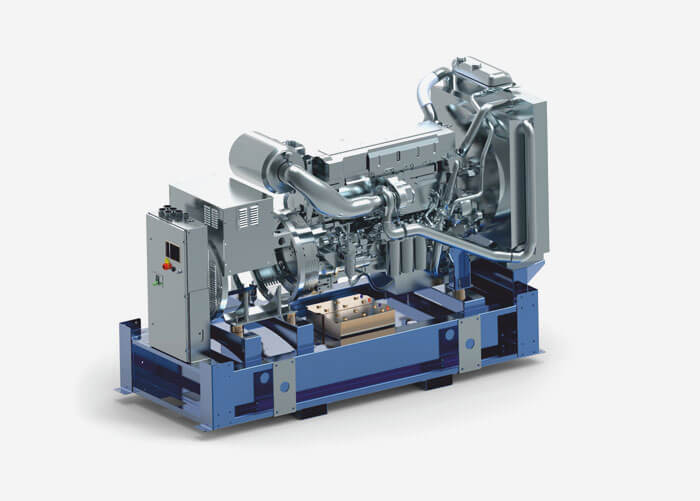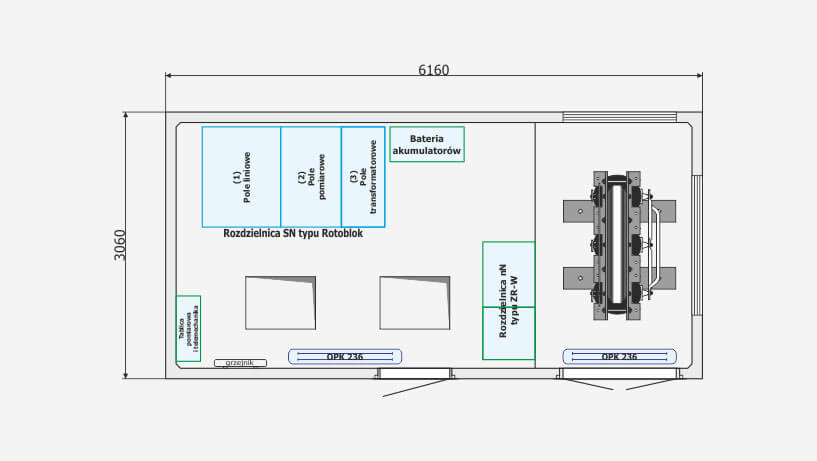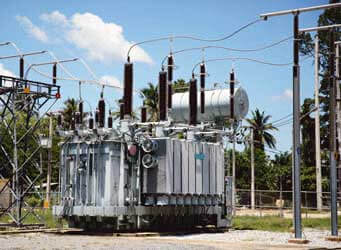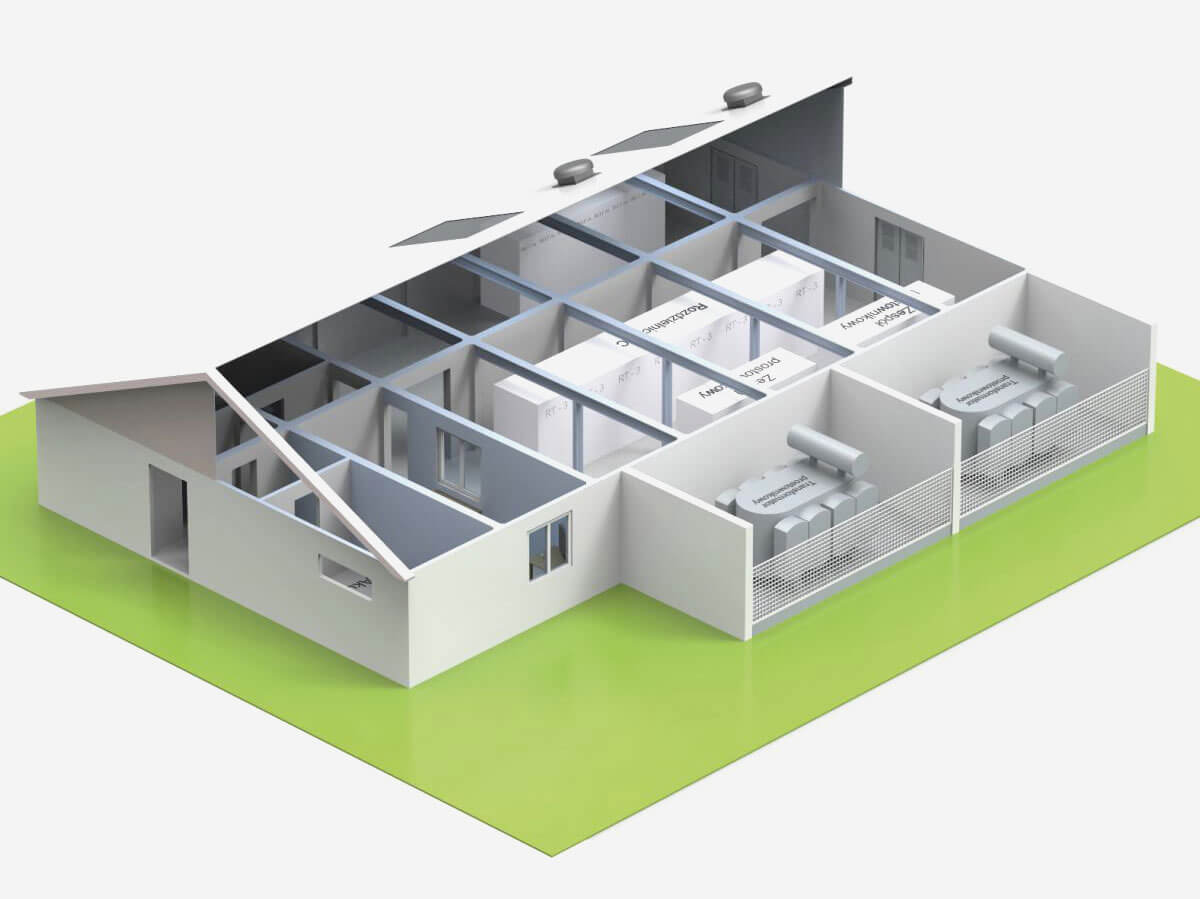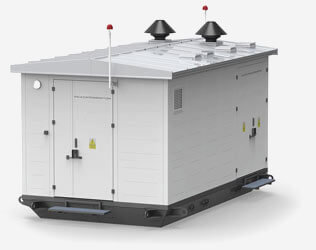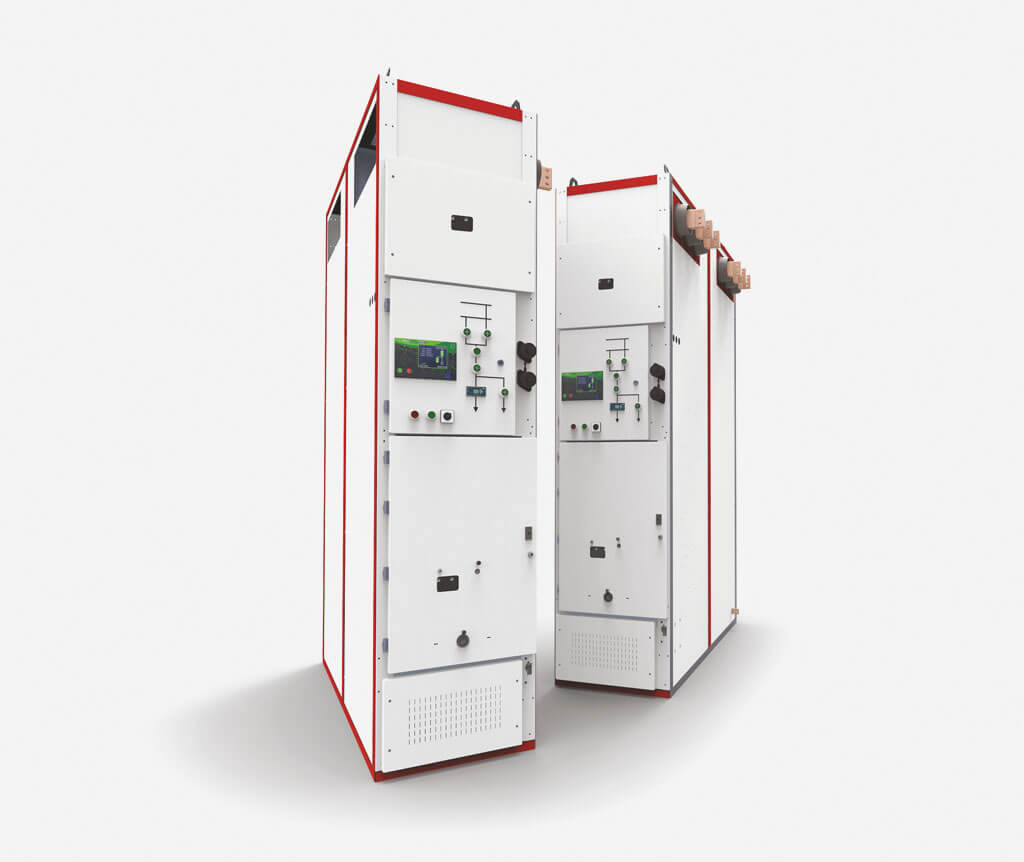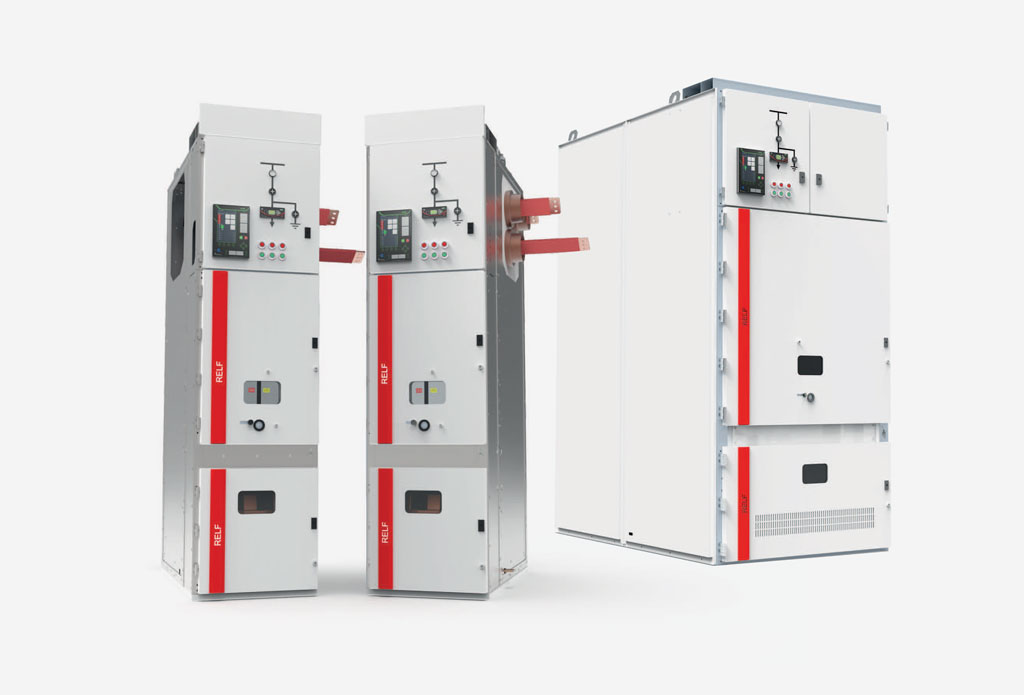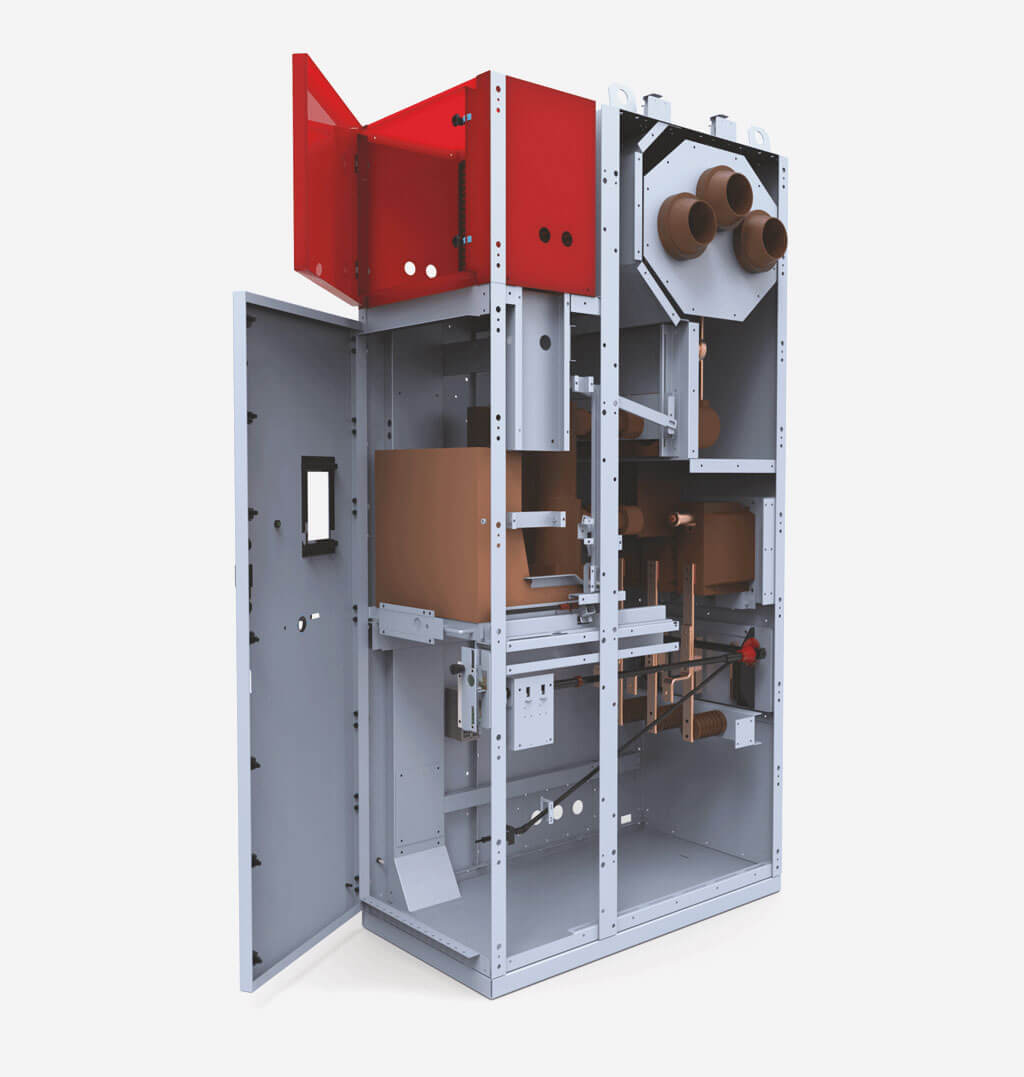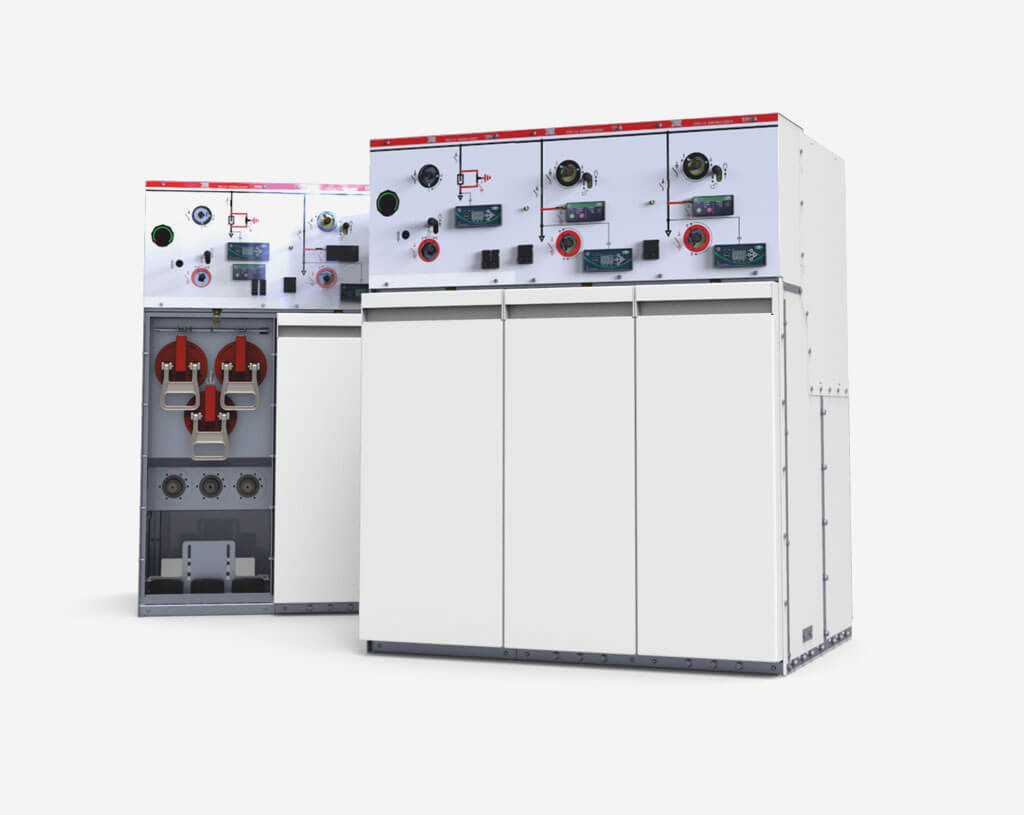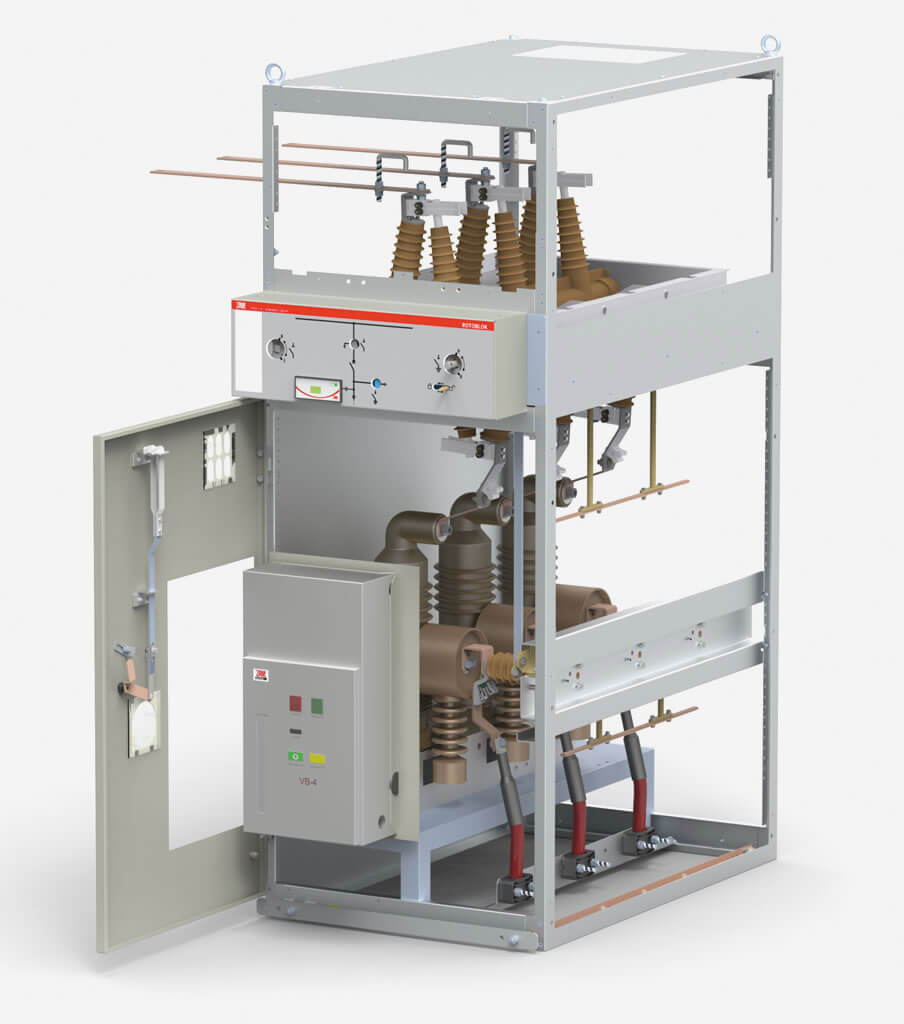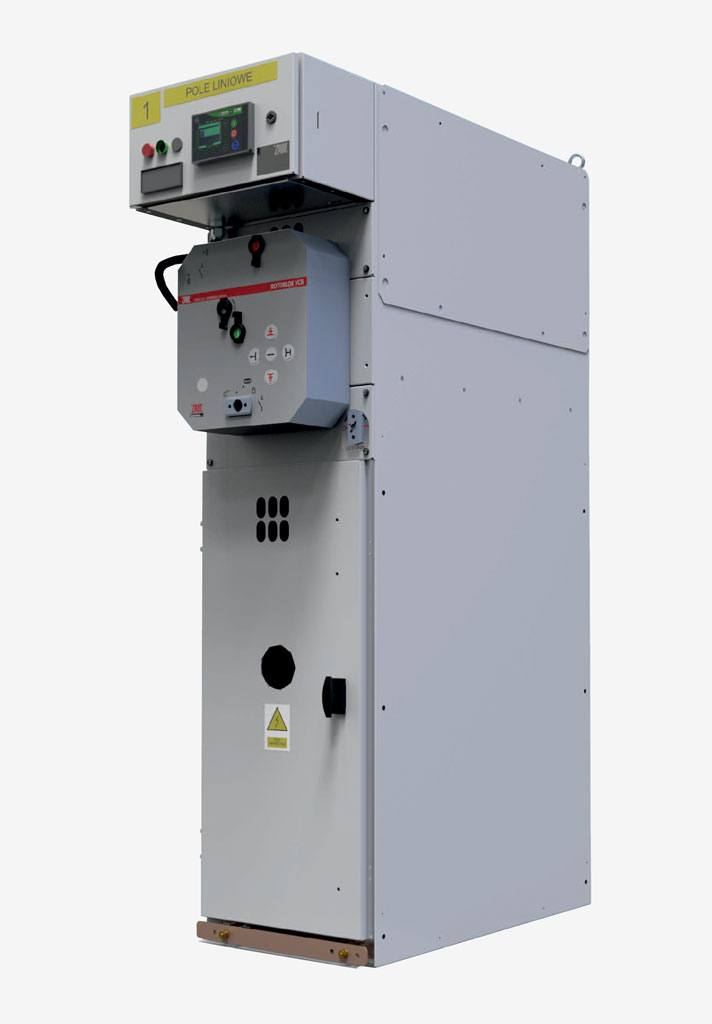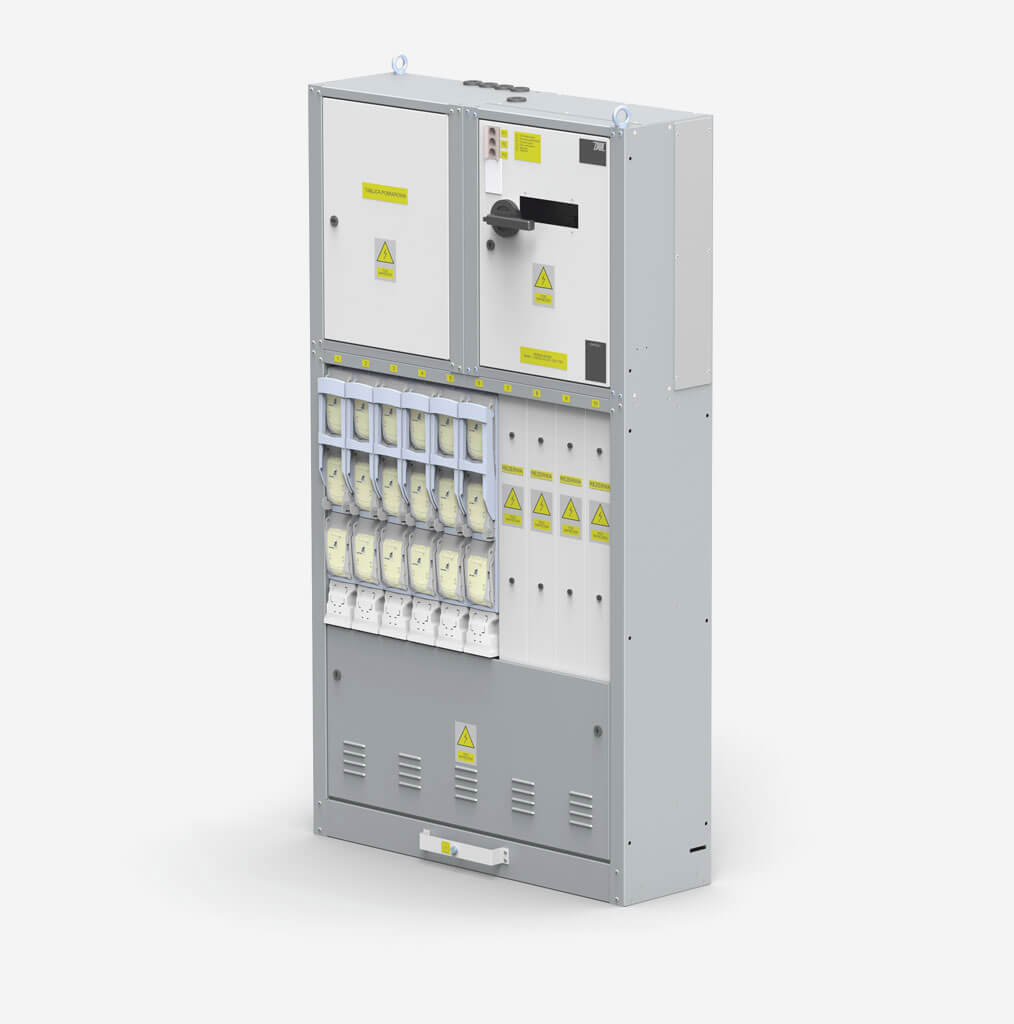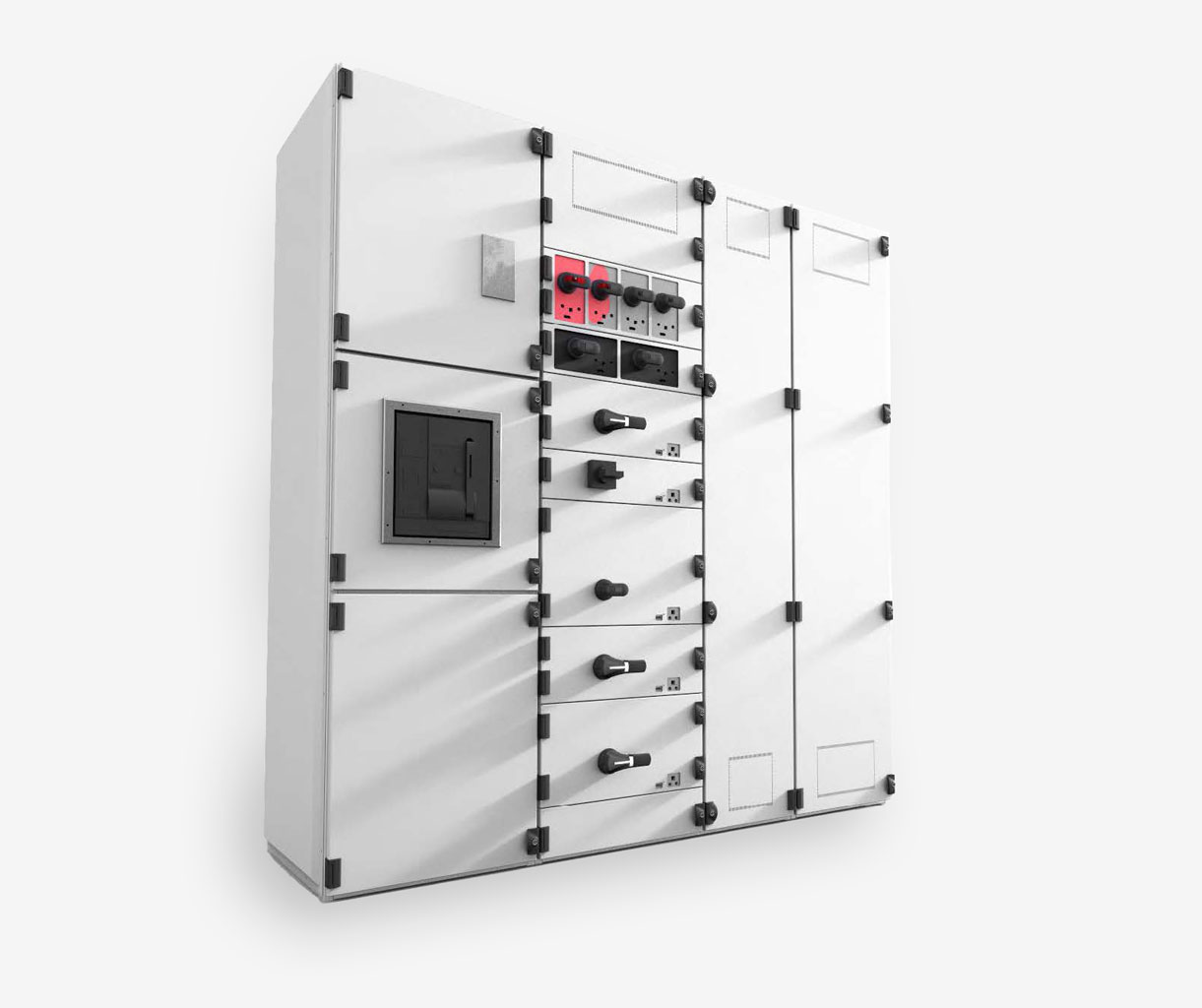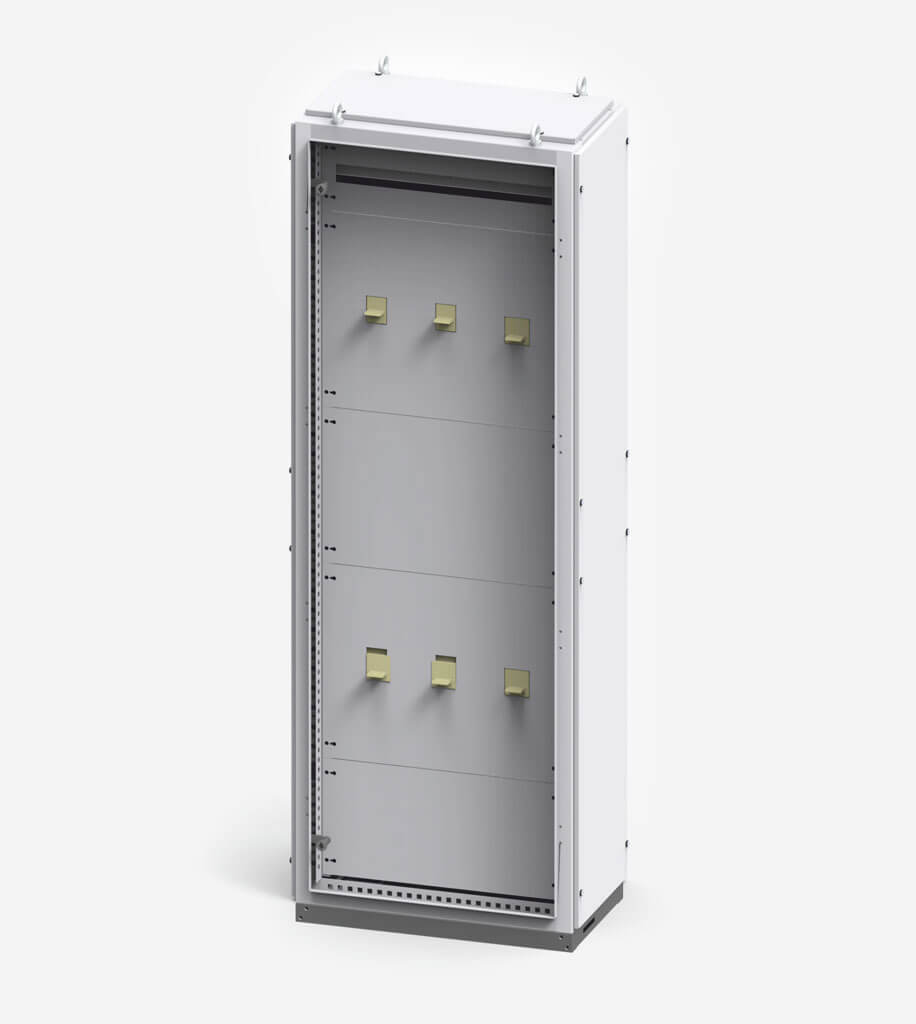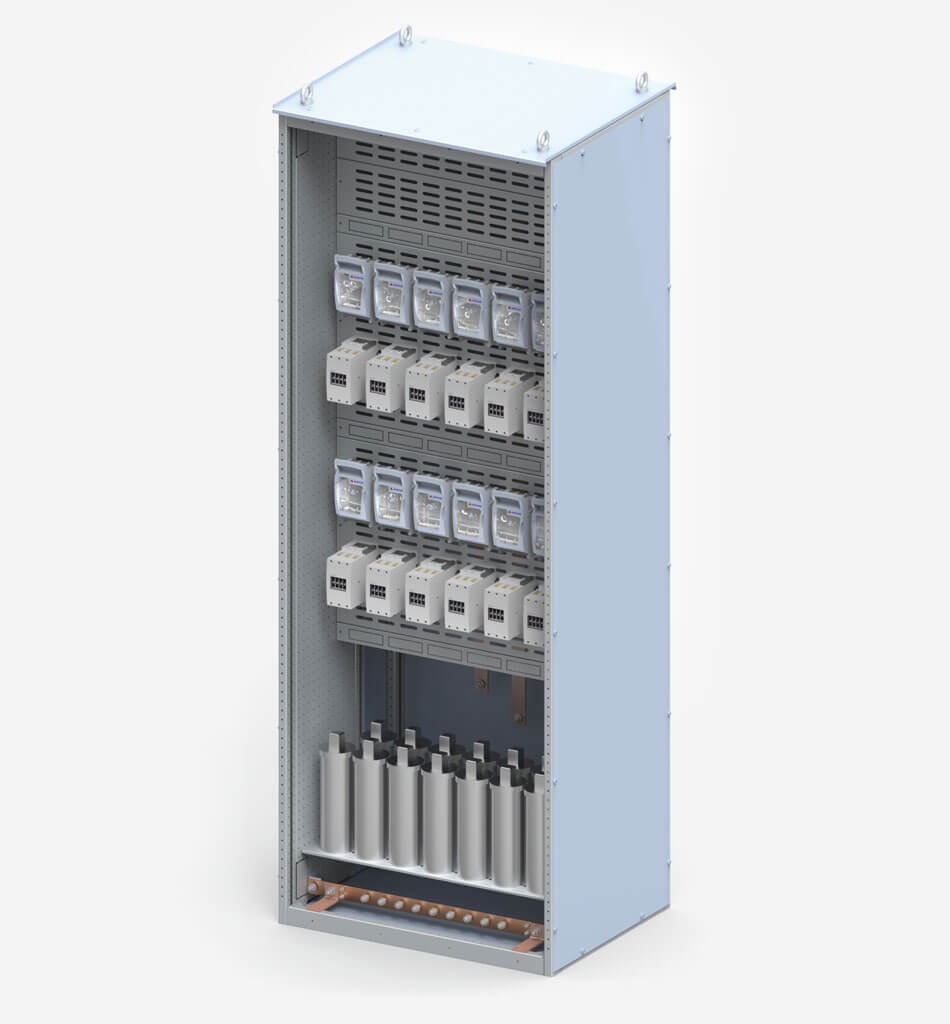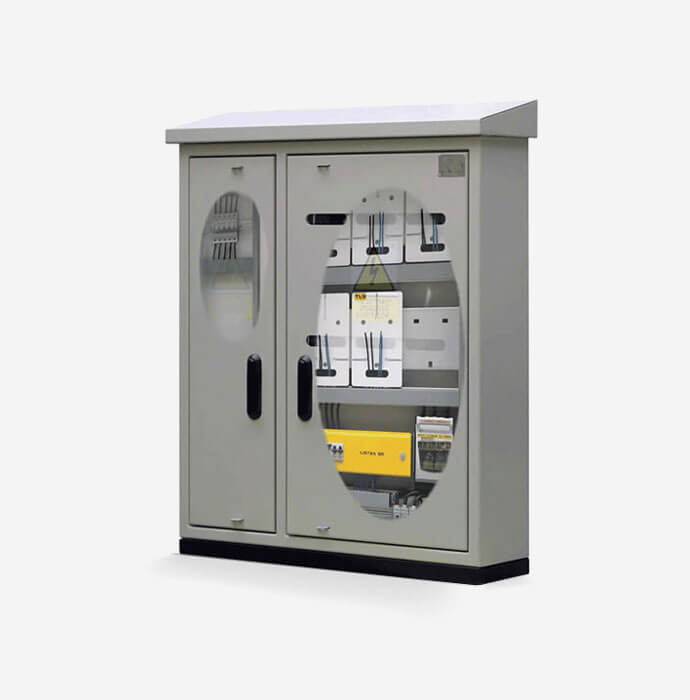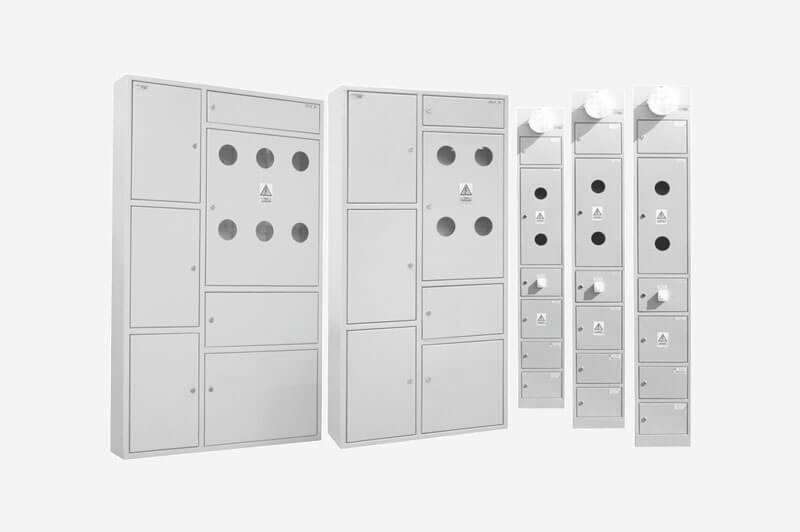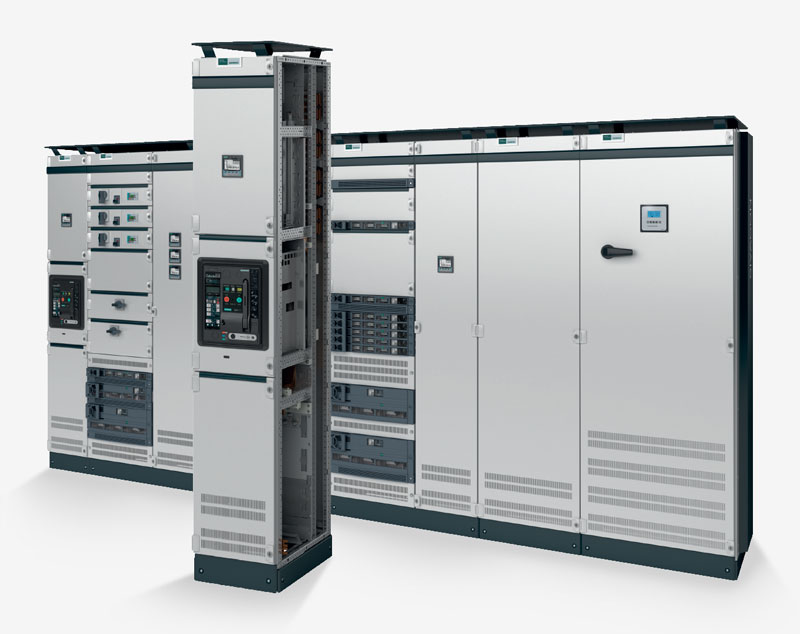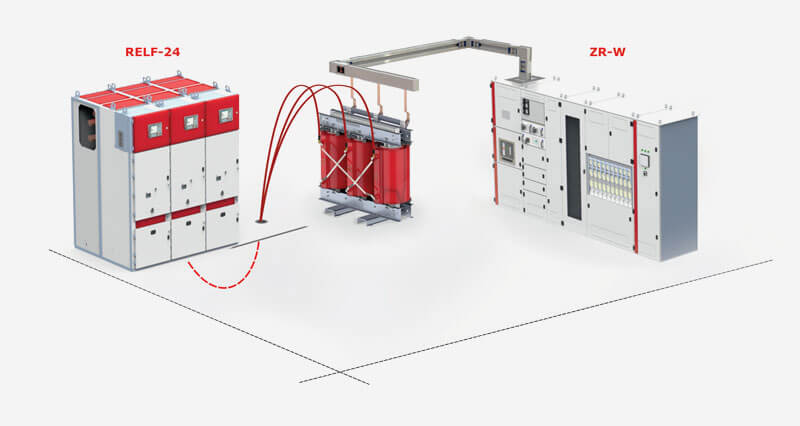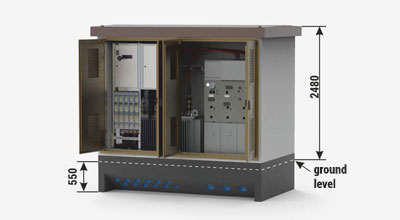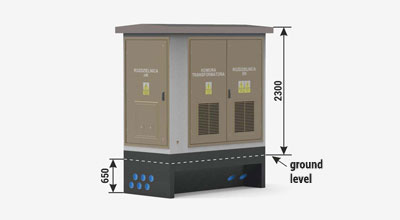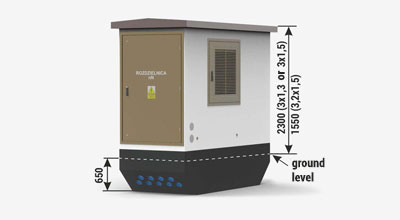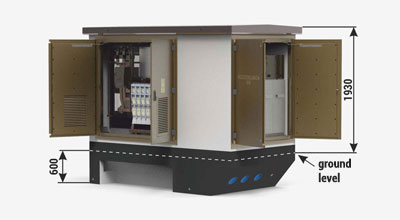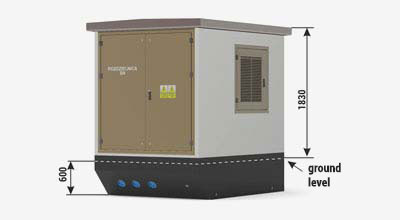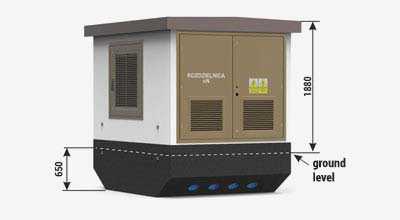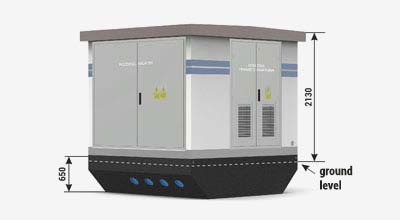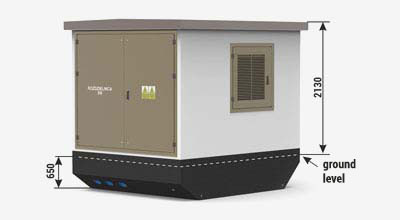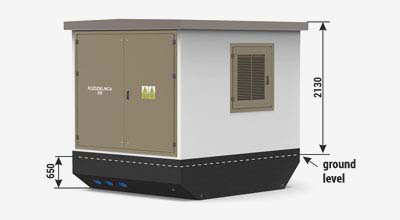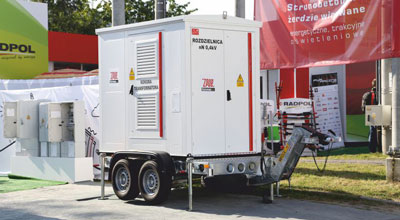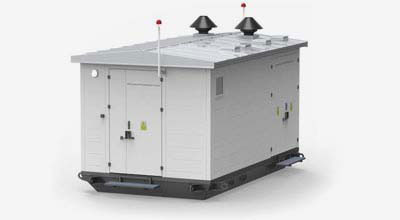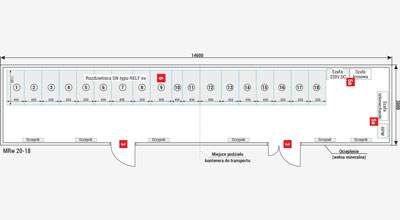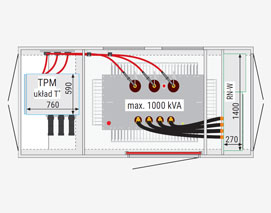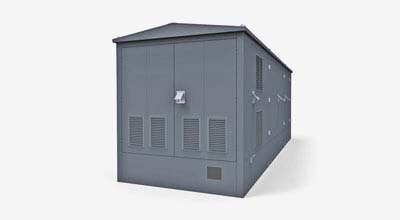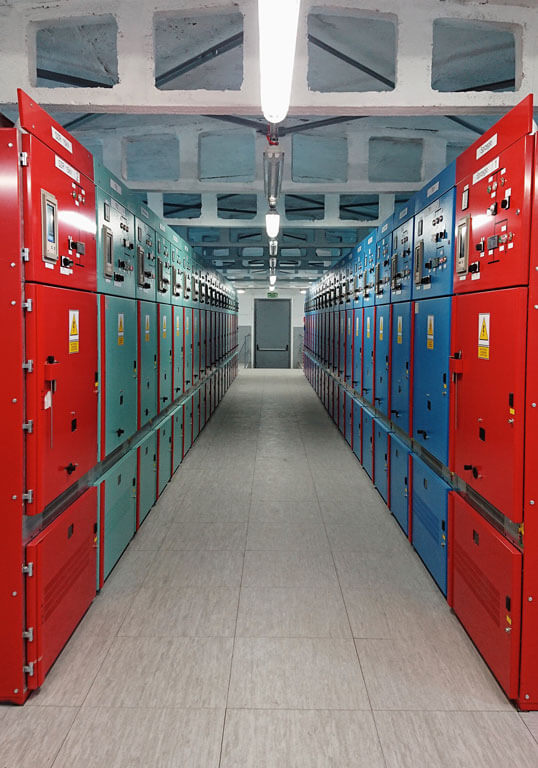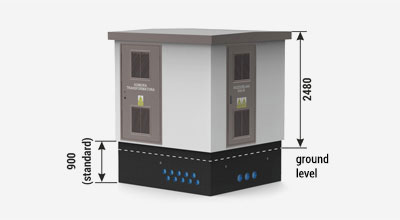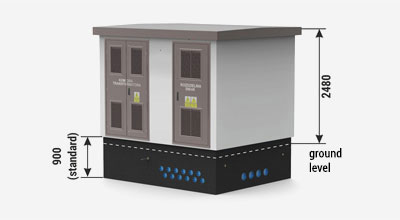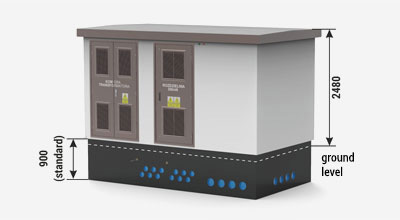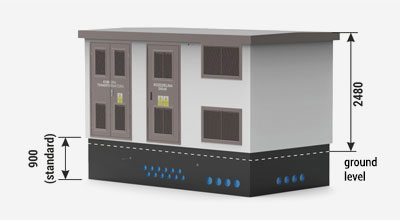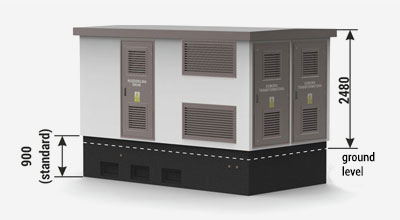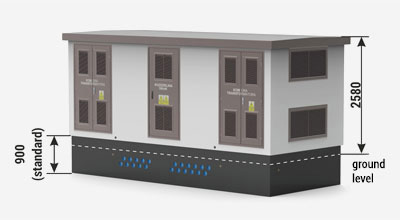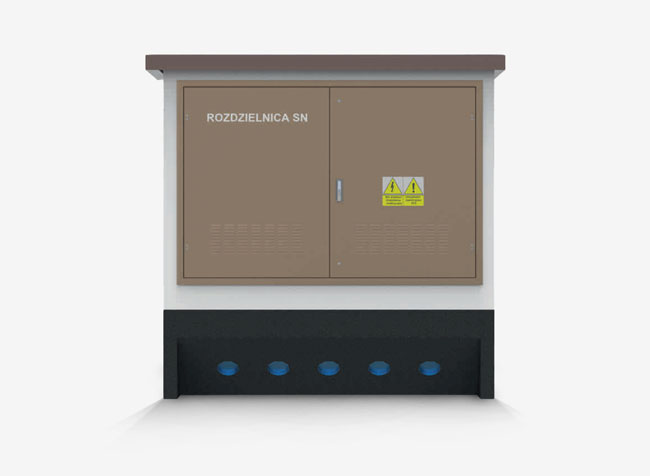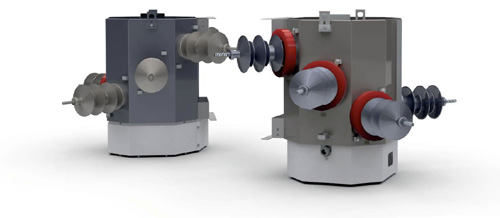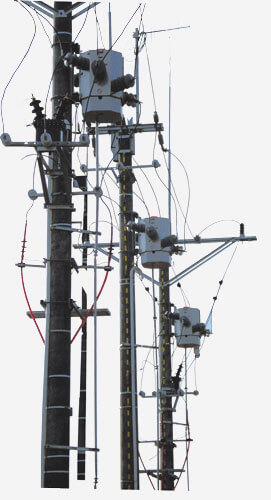
Smart Grid in MV networks
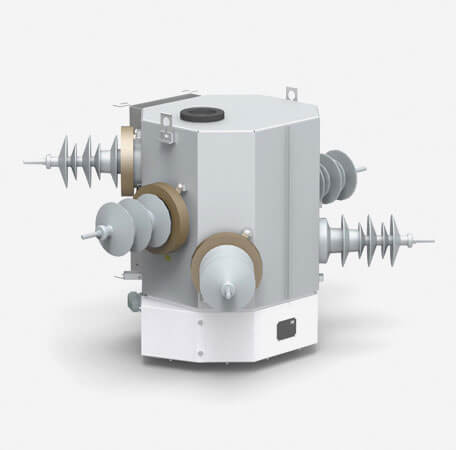
Switch disconnectors THO
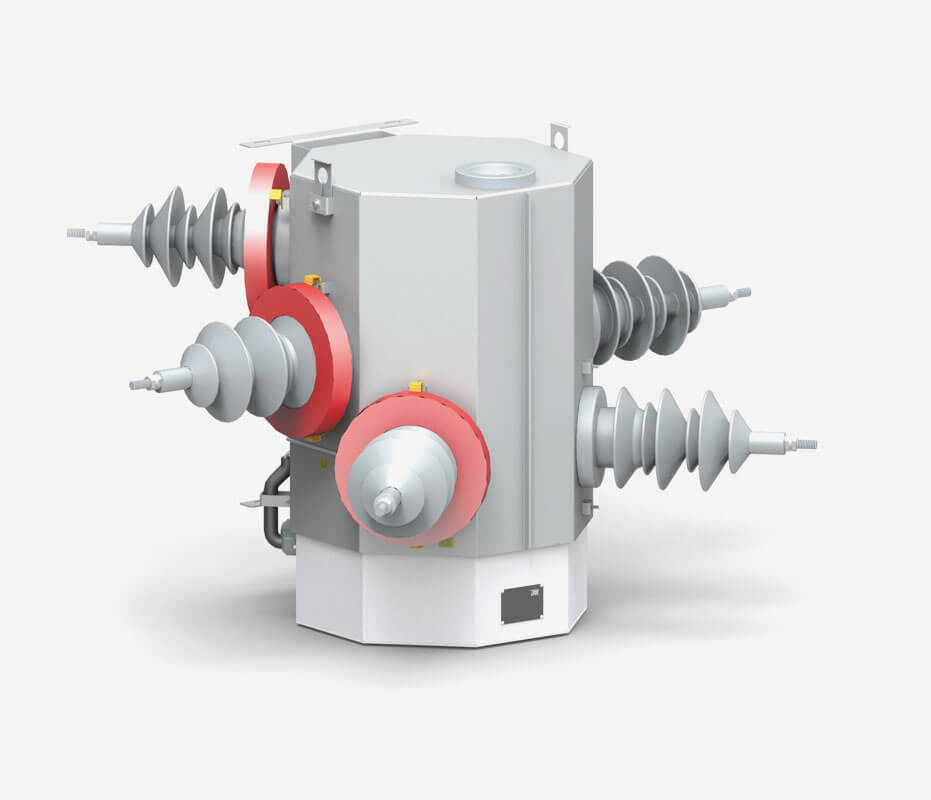
Recloser THO-RC27 for the Smart Grid network
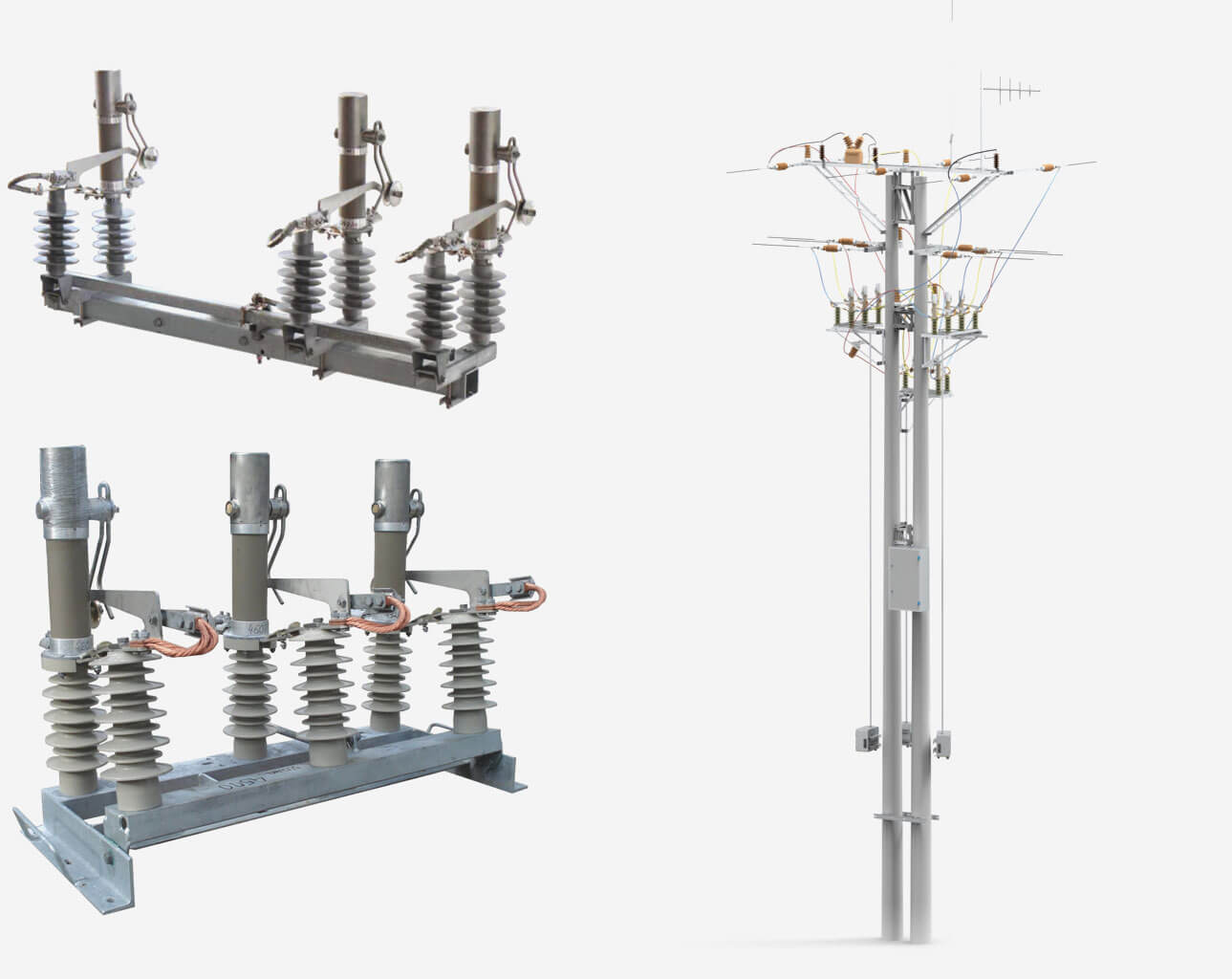
RPN Switch disconnectors with vacuum interrupters for the Smart Grid
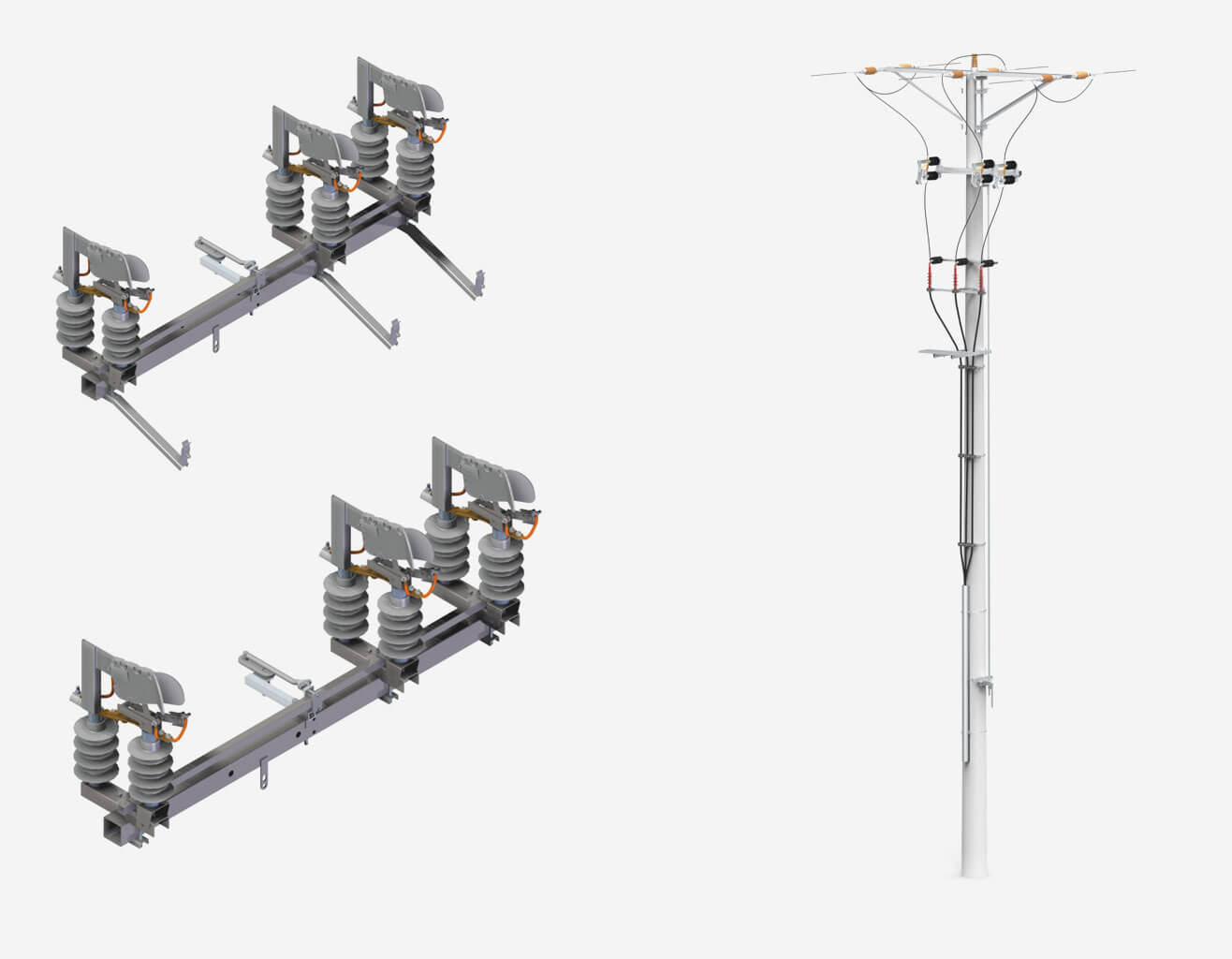
RN and RUN switch disconnectors with air interrupters with switching current 100A
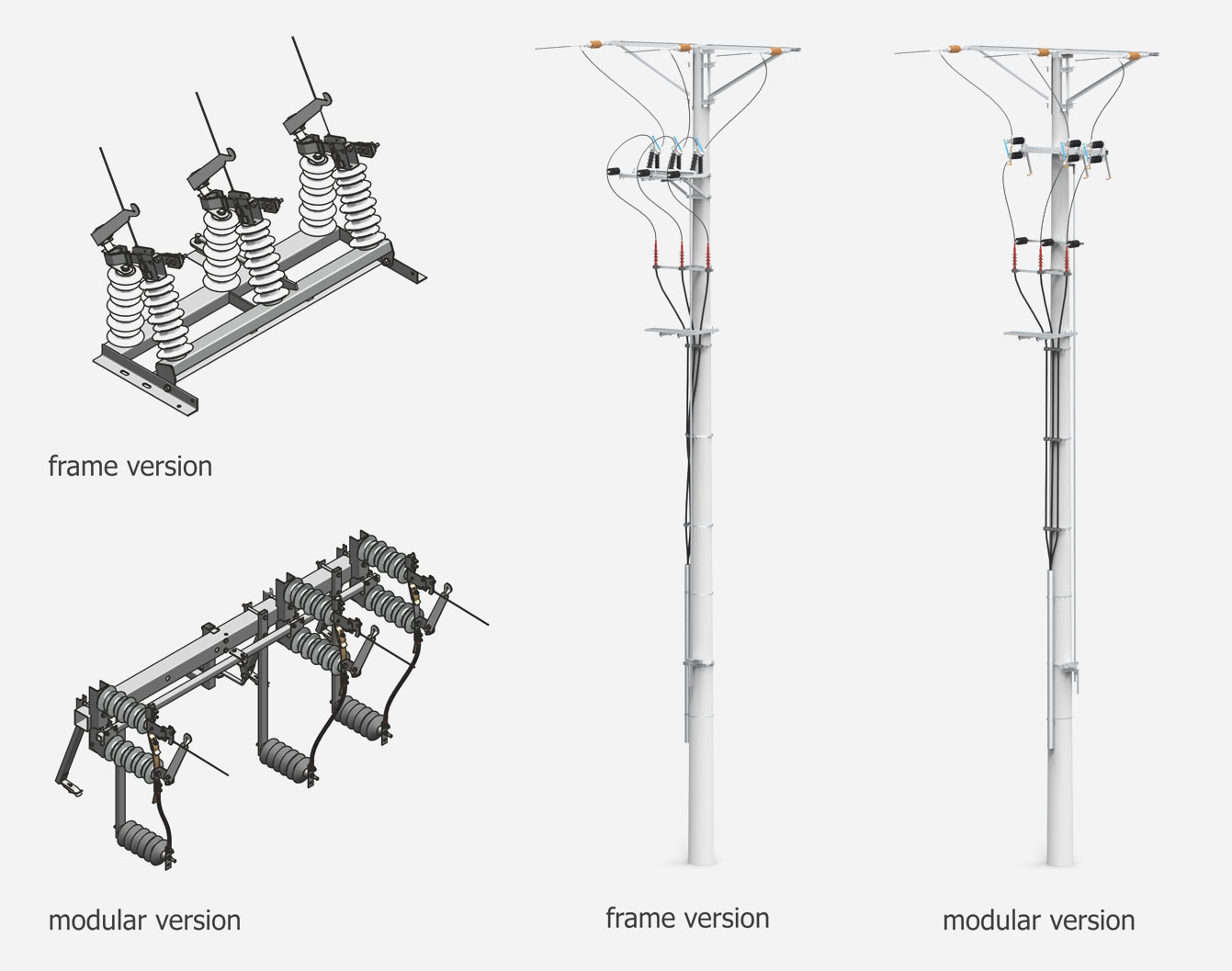
Disconnectors with limited connection capability 25 A in frame and modular version
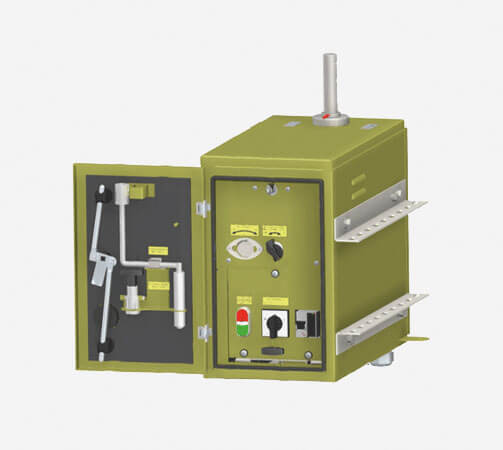
Motor drive for remote controlling in Smart Grid systems

Fuse bases
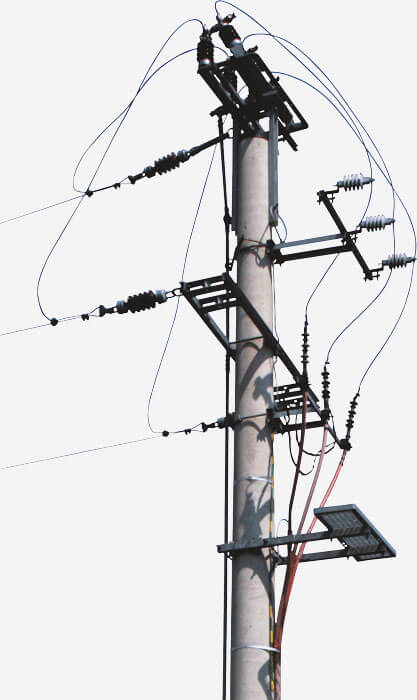
Concrete poles and construction of the overhead power lines
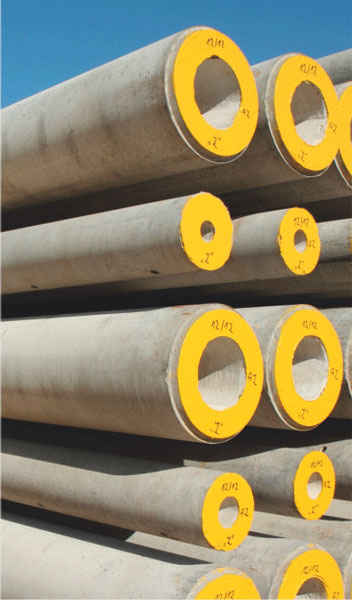
Spun concrete poles and prefabricated fundaments
What are overhead lines?
Overhead power lines are used to transmit electricity.
Overhead lines mainly consist of:
- overhead wires,
- power pole,
- equipment such as an overhead disconnector/switch, cable lashing adjusted to the line voltage, surge arresters, etc.
- other elements depending on the use of the line.
Overhead lines can be located at different heights depending on the terrain. As a rule of thumb, the higher the voltage of the energy flowing through the overhead line, the higher the line is located.
Categories of overhead lines
Overhead lines are divided into the following categories:
- extra-high voltage (LV) lines are those with a voltage of 200 kV and above
- high-voltage (HV) lines are lines with a voltage of 110 kV and above,
- medium-voltage (MV) lines are lines with a voltage of 1 to 60 kV,
- low-voltage (LV) lines are lines with a voltage of less than 1 kV.
Considering the functions of overhead lines, we can distinguish transmission lines, distribution lines, distribution-transmission lines and lines supplying energy directly to consumers. Both the applicable standards and regulations, as well as the belonging of the line to certain categories determine its construction and details of the overall design.
Design considerations for overhead power line
When designing overhead power lines, the following main objectives are generally adopted:
- safety - overhead system should be characterised by a high degree of safety guaranteed throughout its life,
- compliance - with regulations covering the industry, current standards and customer standardisation guidelines,
- certificates of conformity and type testing – issued/performed by accredited bodies,
- quality (workmanship, components) - to ensure trouble-free operation for many years,
- optimisation of design/construction from a technical and economic point of view.
ZPUE overhead line disconnectors
Knowledge and experience
Our overhead line disconnectors have been successfully used in overhead lines for over 30 years. ZPUE's offer includes both manually operated devices for performing basic switching operations and fully automated disconnectors and circuit breakers, which – thanks to built-in current and voltage measurement devices – allow full control of line parameters and precise detection of the location of short circuits and faults.
ZPUE flagship recloser circuit breaker and ZPUE switch disconnector
Two flagship products deserve special attention: the THO-24 series switch disconnector and the THO-RC27 series automatic circuit breaker (recloser). These devices have been honoured with many awards. They successfully operate in extensive smart grids such as SMART-GRID or FDiR, significantly increasing their efficiency and failure-free operation.
High quality of ZPUE overhead lines equipment
Monitoring market trends we use new technological solutions to constantly improve our products. We are able to adapt to current customer requirements and fulfil the provisions of large and demanding framework contracts.

